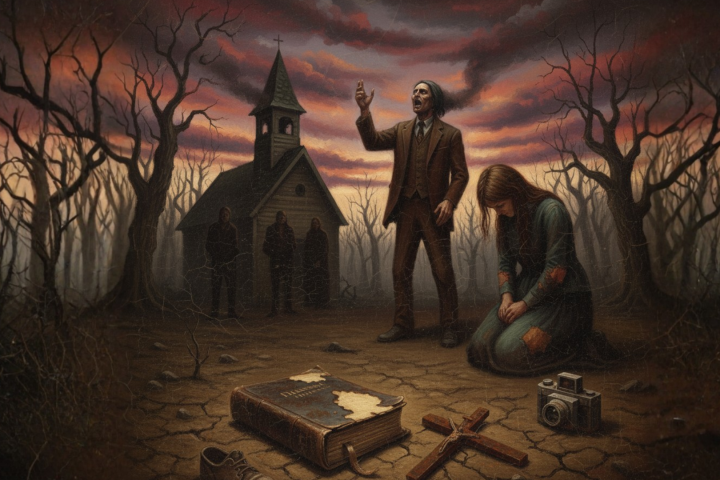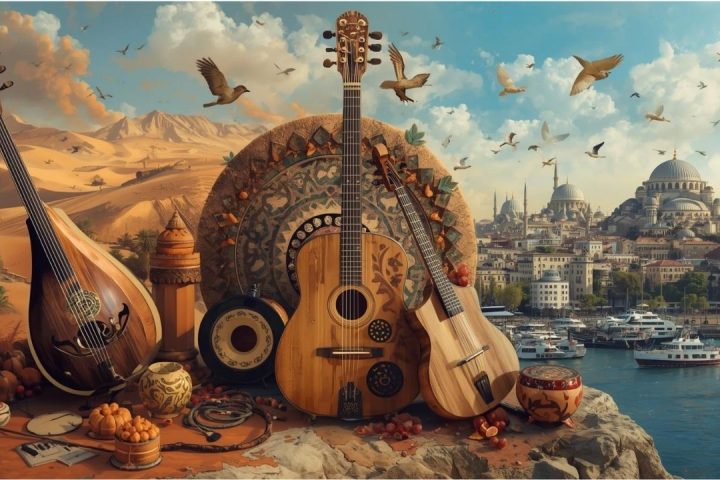Talking about drug trafficking in Latin America is not only a matter of organized crime; it is also about a culture that has developed around this phenomenon: narco-culture. From music and literature to TV series, films, and everyday language, “narco” has moved beyond being merely a criminal issue and has become a social construct with a strong influence on political, cultural, and community life.
Globally, interest in this culture is reflected in digital consumption. Platforms such as Netflix, HBO, and Prime Video collectively host more than 200 titles related to narco themes, while Spotify features over 4,000 narcocorridos—songs that together accumulate hundreds of millions of streams each month.
Narco-culture feeds on symbols: narcocorridos (folk ballads) that portray the exploits of drug lords as if they were folk heroes; TV series that elevate cartel bosses into aspirational protagonists; and stories of communities that receive from them the kinds of services the state has long failed to provide—paved roads, electricity, water, parks, and churches. Through such gestures, criminal leaders are positioned as figures of power and influence within the social fabric. Globally, narco-themed content consistently ranks among the top-trending shows and films on streaming platforms, reflecting strong international engagement with these dramatized realities.
The result is a contradictory phenomenon. On one hand, there is the glorification and romanticization of violence, with cartel leaders depicted as modern-day Robin Hoods. On the other hand, there exists a profoundly real dimension: disappearances, forced displacement, migration driven by fear, and the collapse of entire communities. This duality has enabled narco to transition from being solely the enemy of the state to also becoming a central figure in popular culture. On a global scale, films and series centered on narco-worlds rapidly gain traction on streaming platforms, frequently entering top-trending lists within just weeks of release.
In this context, it is concerning how this reality is represented from outside the region. In Latin America, series and documentaries produced by local creators typically retain “traces of truth”: they honor the language, social codes, and the complexity of the characters. Even when they idealize certain aspects of the story, these works remain firmly rooted in the territory and its inherent contradictions. Locally produced content also demonstrates resilience on streaming platforms: regional hits frequently amass millions of views within the first month, signaling both domestic and international demand for authentic storytelling.
However, when the perspective is external, the risks increase. A recent example is Emilia Pérez (2025), directed by French filmmaker Jacques Audiard. Although presented as an artistic and even musical work, the film ultimately reduces Latin America’s tragedy to an aesthetic spectacle. Drug-related violence is transformed into choreography, and the suffering of thousands of families becomes exotic scenery. What constitutes an open wound for those living in the region is, for others, rendered as a stylized narrative that reinforces stereotypes and simplifies complex realities. On global streaming charts, spectacle-driven content frequently reaches audiences far removed from the social context, while narcocorridos and Latin trap songs accumulate hundreds of millions of streams worldwide, generating fascination without fostering empathy.
Narco-culture cannot be fully understood without context: it is a social, political, and religious phenomenon that permeates entire communities. Reducing this complexity to light entertainment not only misinforms audiences but also perpetuates biased perceptions of Latin America and its people. Across digital platforms, while authentic productions struggle for visibility, spectacle-driven content frequently dominates trending lists, highlighting the persistent imbalance between representation and consumption.
The debate is not about whether these stories should be told, but about how they are told. When culture is transformed into spectacle without memory or dignity, what is lost is the humanity of those who live—and die—within it. Incorporating data from global streaming and music trends provides a clear reminder: narco-culture is no longer confined to Latin America—it has become part of a worldwide cultural conversation, carrying significant ethical and social responsibilities.













